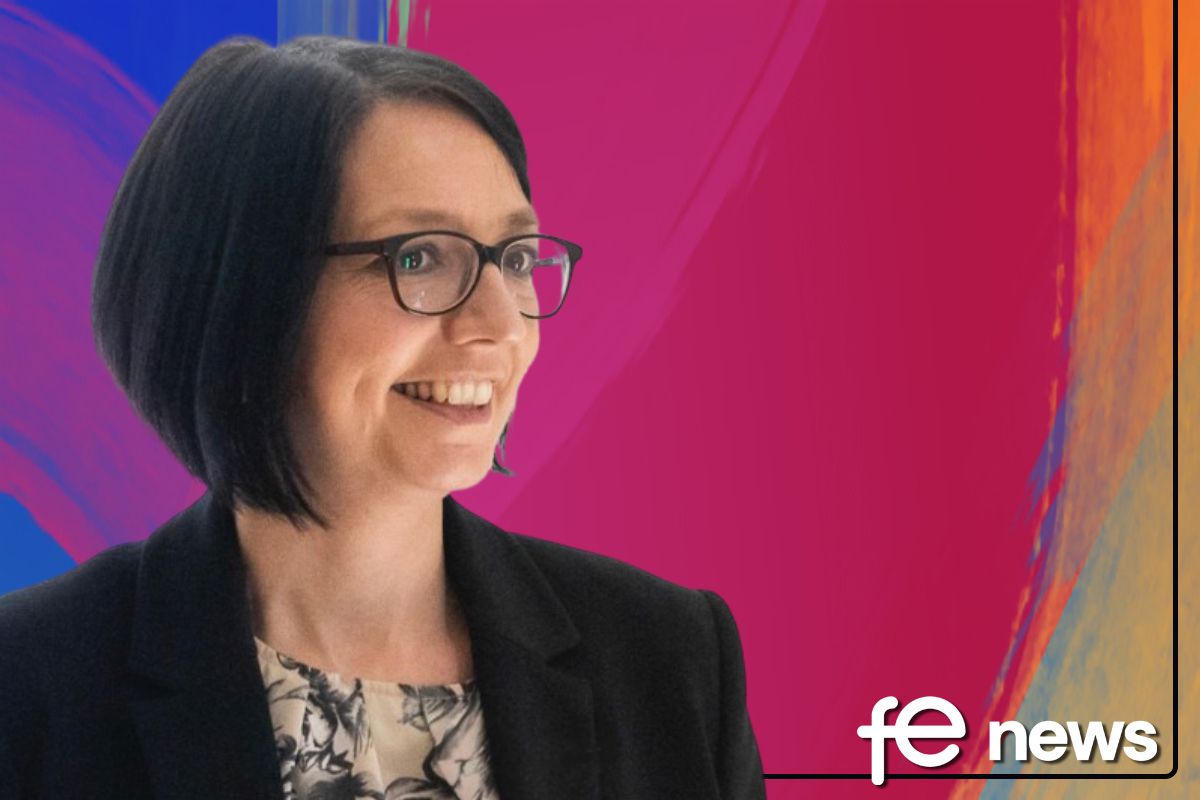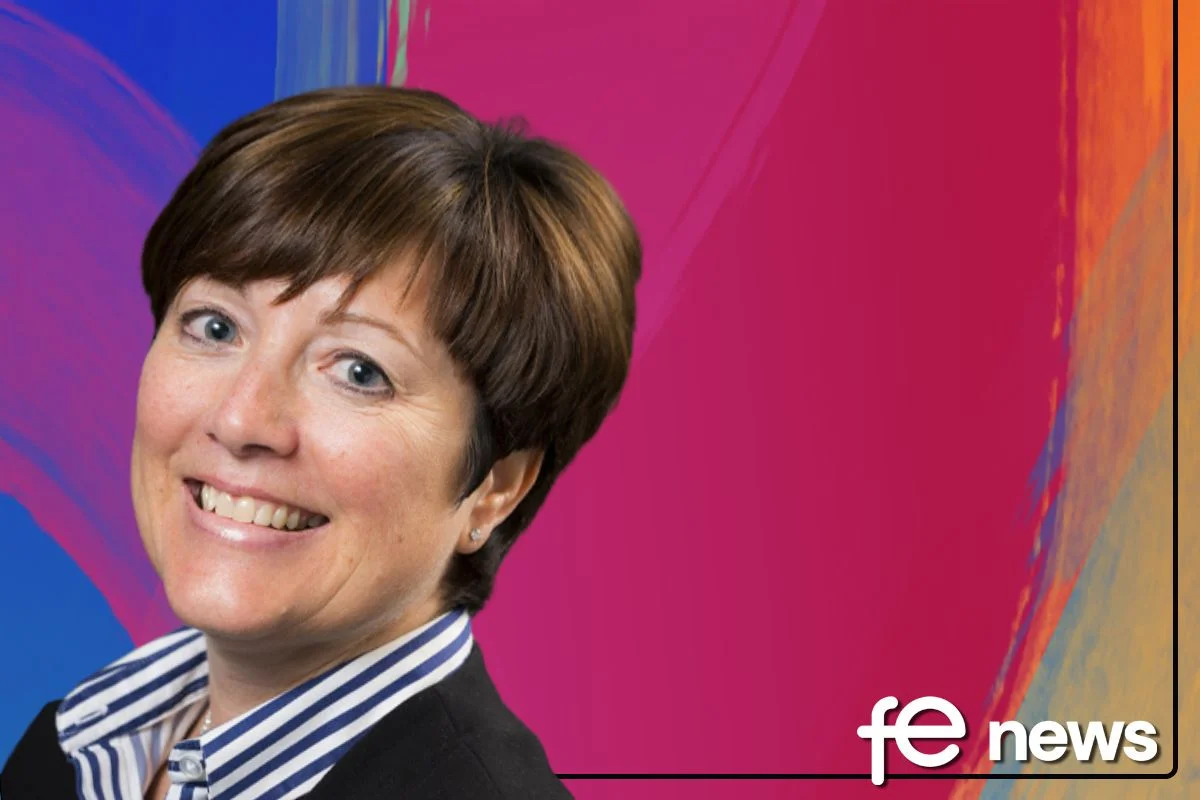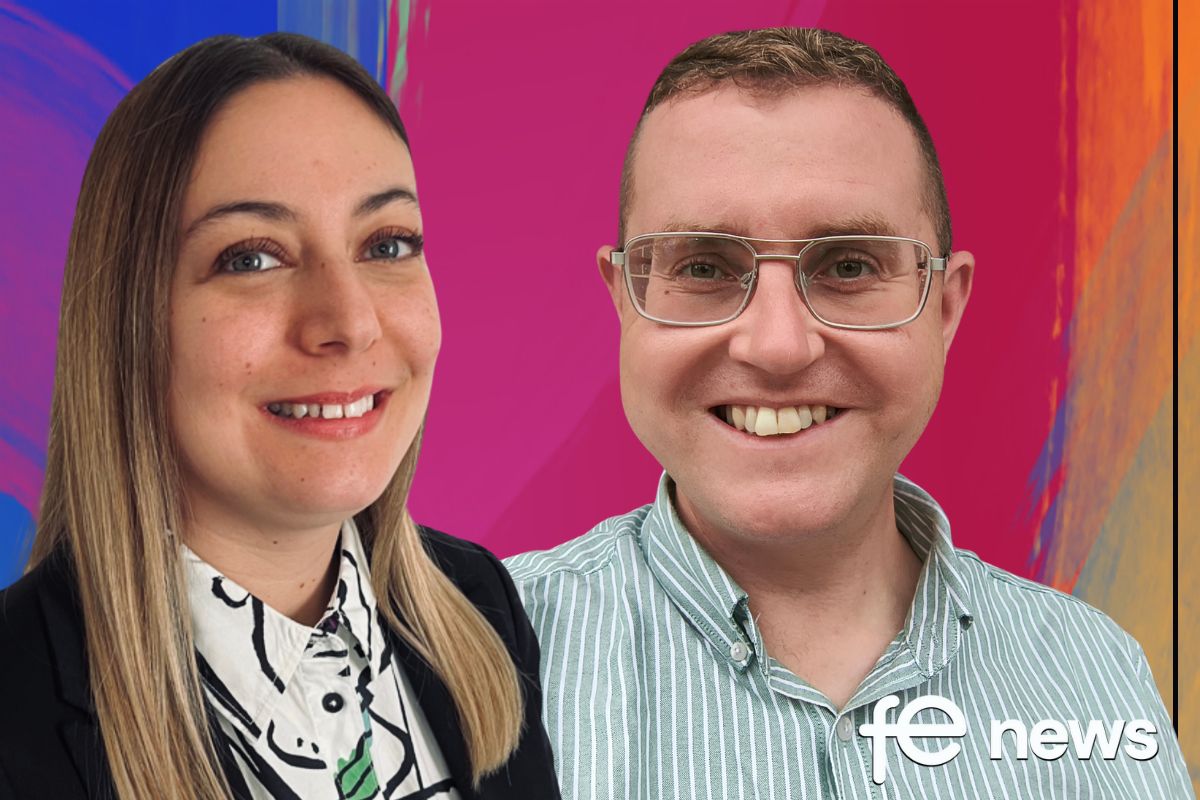Developing and deploying an #IntuitiveCampus – The 5 Stages from wishful dream to delivered solution

The Intuitive Campus Journey
Developing and deploying an Intuitive Campus is no small task, so it clearly pays to think through the whole process before getting started.
In this article, I’m taking an overview of how to progress your Intuitive Campus from ‘wishful dream’ to ‘delivered solution’:
1. Vision
This is the first part of the planning stage, and is your chance to think big. Get started by considering your dream Intuitive Campus and how it will benefit and change your organisation.
Imagine the kind of culture you want to foster on campus, and the ways your ideal Intuitive Campus will benefit the staff, students, and visitors.
Examine any problems people have with the current setup, and then use this information to identify the improvements and solutions an Intuitive Campus could bring.
This blue-sky thinking will help to establish your priorities as an organisation, and will provide a foundation for the next phase.
2. Problem definition
You’ve got the dream, so now we’re going to focus in on the detail. We now need to think about each specific problem and use-case that you want to address.
It’s important to identify your priorities and interdependencies at this stage. You also need to consider the restrictions of regulations such as GDPR and PCI, development budgets, and timescales.
Once you have gathered all this information we can move onto the next phase. Before we do, though, it’s important that you have established sensible success criteria and that they are SMART – sensible, measurable, achievable, realistic, and time-bound.
3. Solution development
Striding on, we’re going to take a look at what’s in your toolkit. You now know the problems you need to address so next we need to evaluate the tools, technologies, teams, and data at your disposal.
This is the perfect time to get creative by considering both data and context, and exploring how to combine the two to create solutions.
Some research into existing Intuitive Campus solutions can help with holistically forming the architecture of your own solutions.
Now you can work with your internal and external partners on idea generation, solution creation, and reducing the workload on existing teams.
4. Focus on your IT teams
It’s important that your software developers know which APIs and services can be provided by your infrastructure.
Consider whether your network teams know how to fine-tune infrastructure Webhooks, enable NetConf, or know about gRPC.
Question whether your teams are experienced in running Python or Docker containers natively on Catalyst 9000 switches.
Have you thought about how the advent of 5G will impact your app design, and have you considered how Cisco Wi-Fi Bluetooth Beacon capabilities could help?
You will need to think about the location probability and latency requirements that your applications require. How can you use services like AWS API Gateway, Lambda, Firehose, and EC2 to quickly and cheaply create scalable, flexible PoC capabilities?
Consider the role that IoT plays and how you will manage different IoT technologies like ZigBee, Thread, and LoRaWAN.
It is worth considering combining technologies and hardware to ease the overall operational burden (like Wi-Fi, BLE, ZigBee, and Thread all in a single Cisco 9120 Access Point).
5. Proving the solution
The Intuitive Campus isn’t one discrete entity, but a collection of micro and macro services all seamlessly working together.
The services that power the Intuitive Campus have to be flexible and continuously updated based on data and feedback from the system.
Successful Intuitive Campus deployment involves releasing small, narrowly defined services, collecting feedback, and regularly updating and enhancing your offerings.
Developing your solutions based on real-world feedback is the best way to ensure your solutions are hitting the mark and delivering benefits to your users as quickly as possible.
Adopting DevOps and Continuous Integration/Continuous Delivery (CI/CD) working practises, considering how your teams are structured, the objectives you give them, and even where people sit within a building can all help improve innovation, collaboration, and cooperation within your teams.
Setting up a successful Intuitive Campus from scratch can seem like a daunting and risky endeavour.
However, with a willingness to collaborate, the right IT partner, and a planned journey, transformational benefits can be achieved while avoiding pitfalls and mistakes.
Richard Atkin, Wifi Wizard, ITGL
About Richard: I’ve spent my career specialising in scalable, secure, Wireless networks for customers with big estates that support a broad mixture of people and devices. I love my role and the ever-evolving challenge of designing, deploying and supporting solutions that exceed my customers’ requirements is what ITGL is great at.











Responses